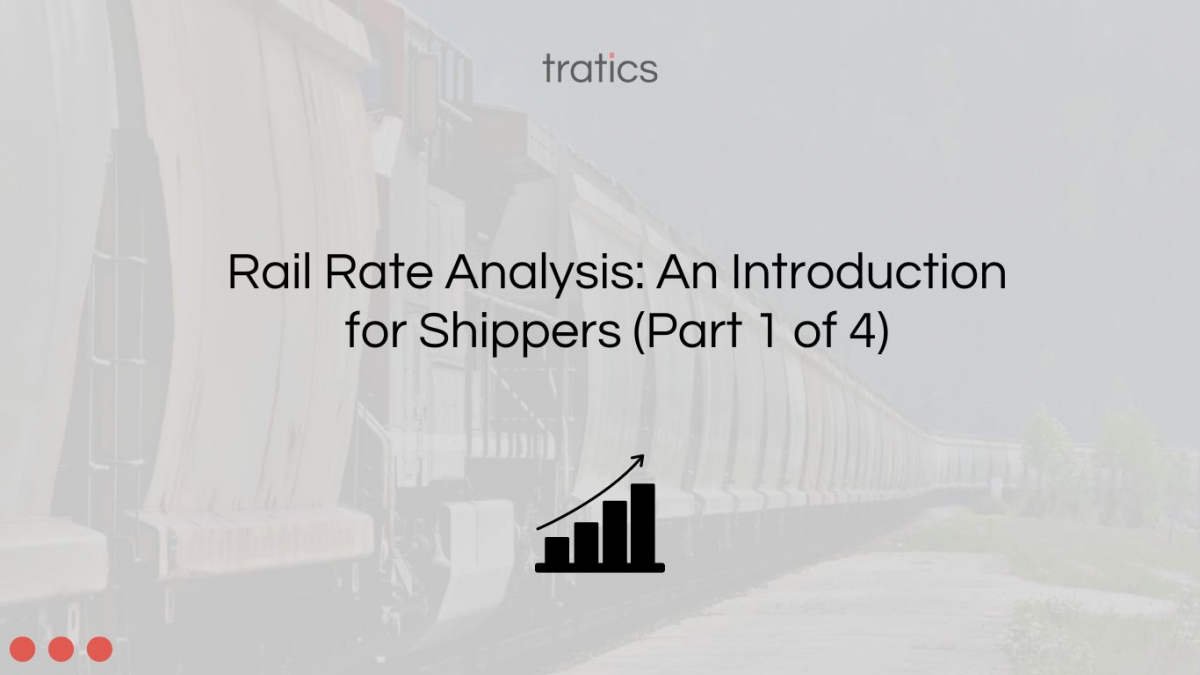Shippers can ship large quantities of their products by rail, often at very competitive prices as compared to other modes such as trucking. But rail prices are always changing, and generally always on an upwards trend. This means that rail shippers need to stay on top of market trends and continuously optimize their logistics strategy to gain market share and succeed in the marketplace.
One way for shippers to achieve this market success is by staying on top of rates and other charges, which can be achieved by actively using rail rate analysis and benchmarking. A key component of rail rate analysis is detailed lane-by-lane rate analysis, often referred to as benchmarking. Some of the elements of lane analysis should include pulling tariff rates to compare to your contract rates (if applicable), alternative railroad rates, and railroad cost/profit estimates.
Other elements of rail rate analysis involve comparing all your rail lanes against broader market rates, competitor rates, alternative sourcing options, alternative transportation modes, and railroad cost and profit analysis. The insights gained through rate analysis enable shipper transportation teams to conduct better negotiations with carriers and align with industry best practices. In this article series, we will dive into rail analysis and benchmarking, its importance, and how it can give your business a competitive edge in the market.
Some of the topics we will cover in the next few blogs articles include:
Competitive Alternative Analysis by Lane and Railroad Carrier (Part 2)
Rate Negotiating Strategy: Strategy and Checklist for Shippers (Part 3)
Evaluating Railroad Rate Proposals (Part 4)


